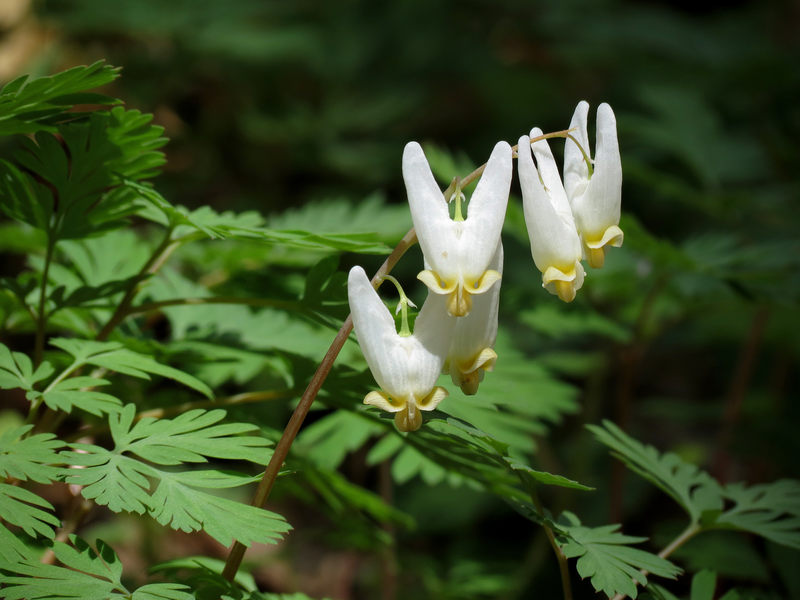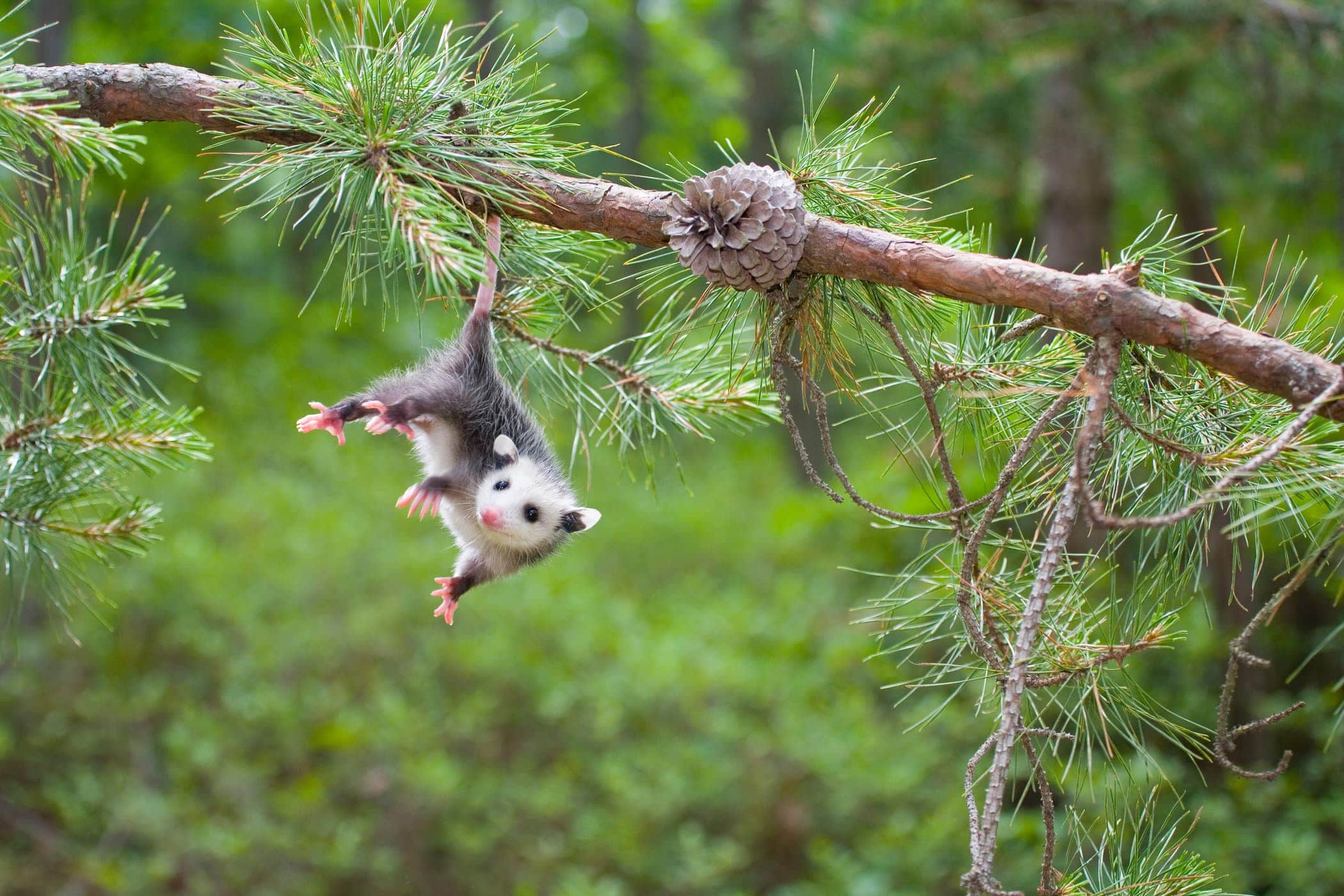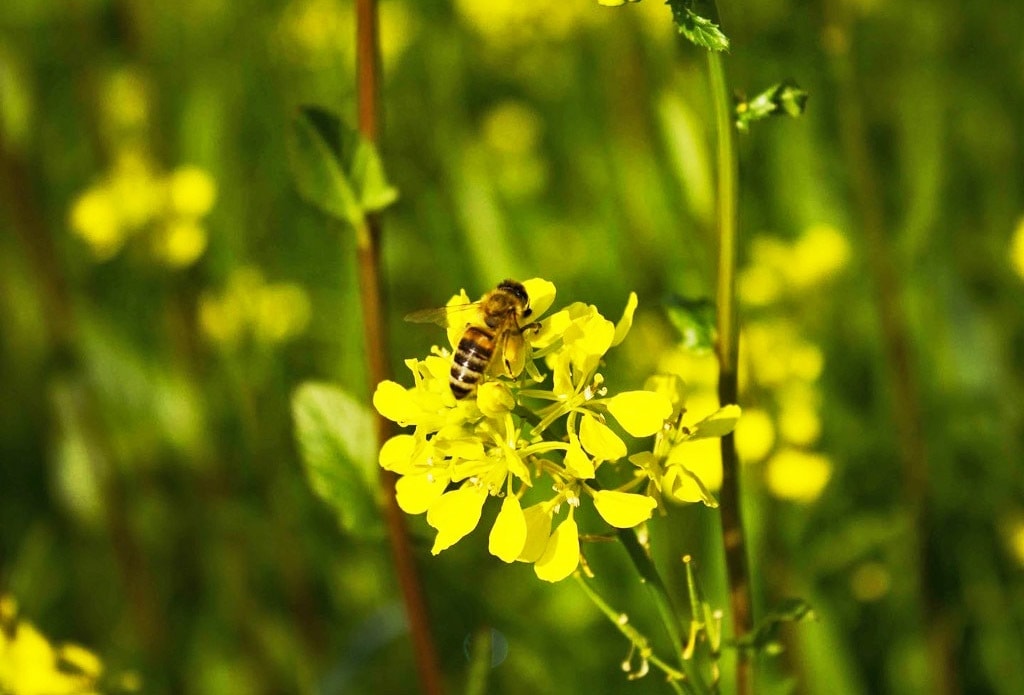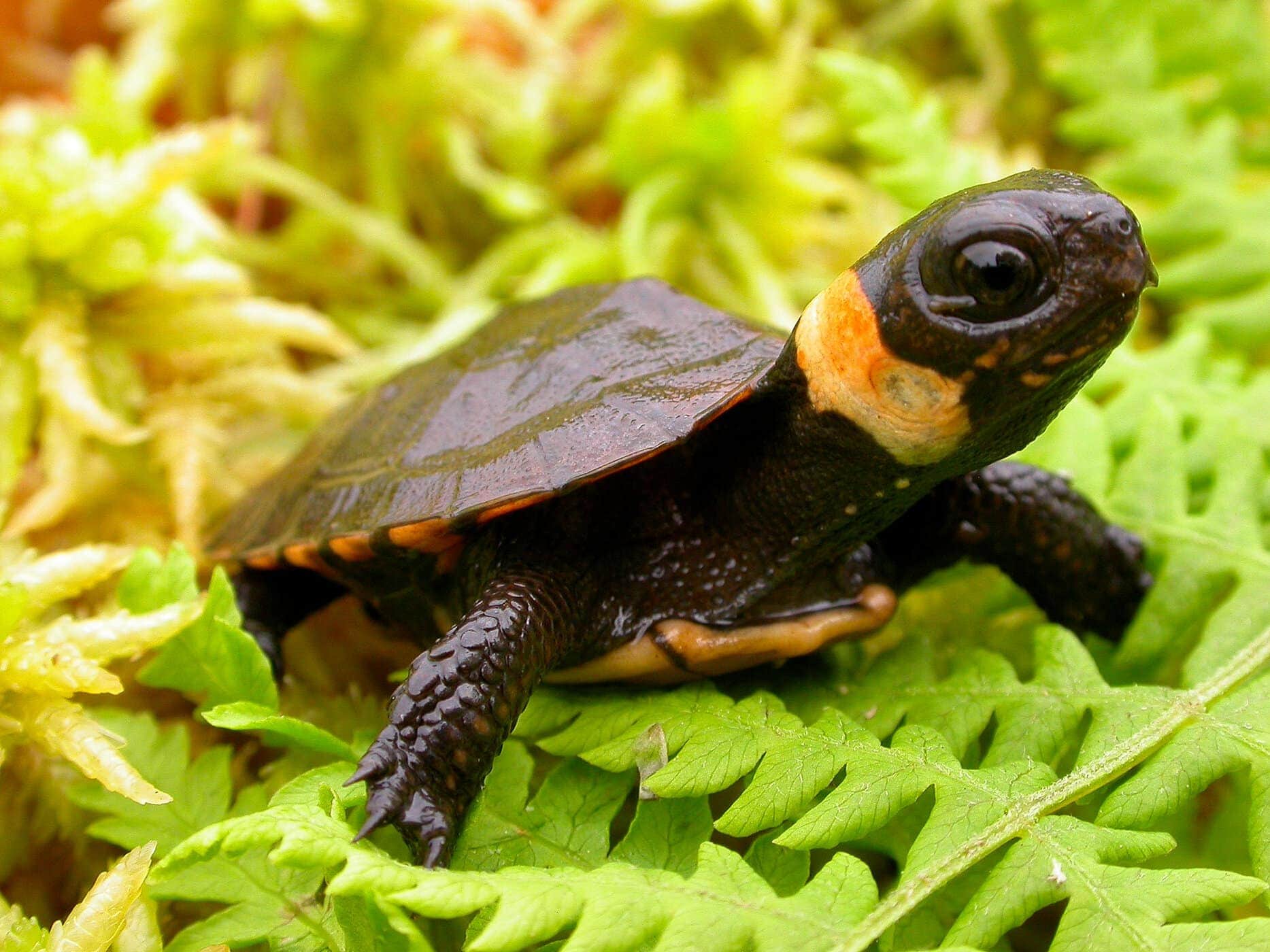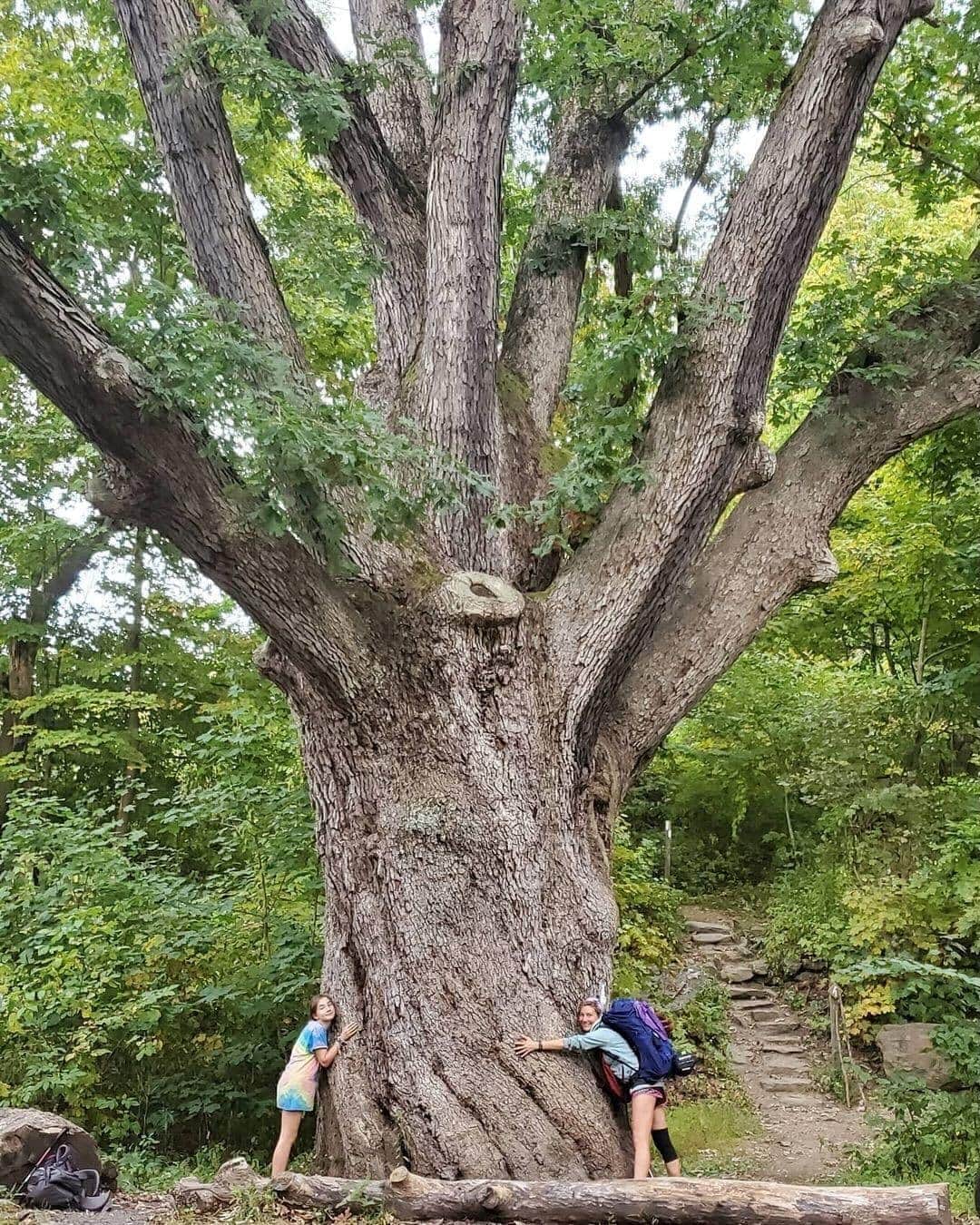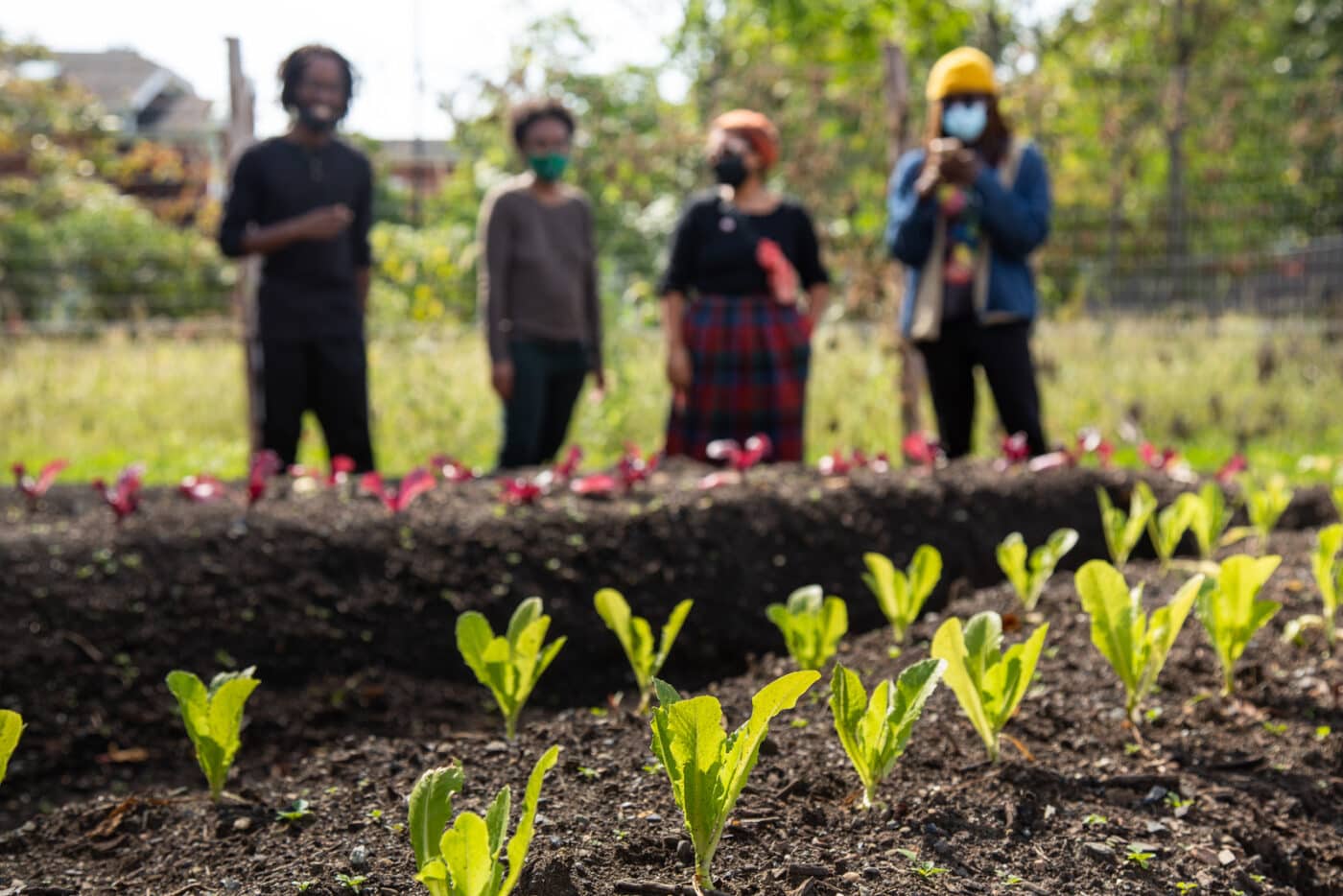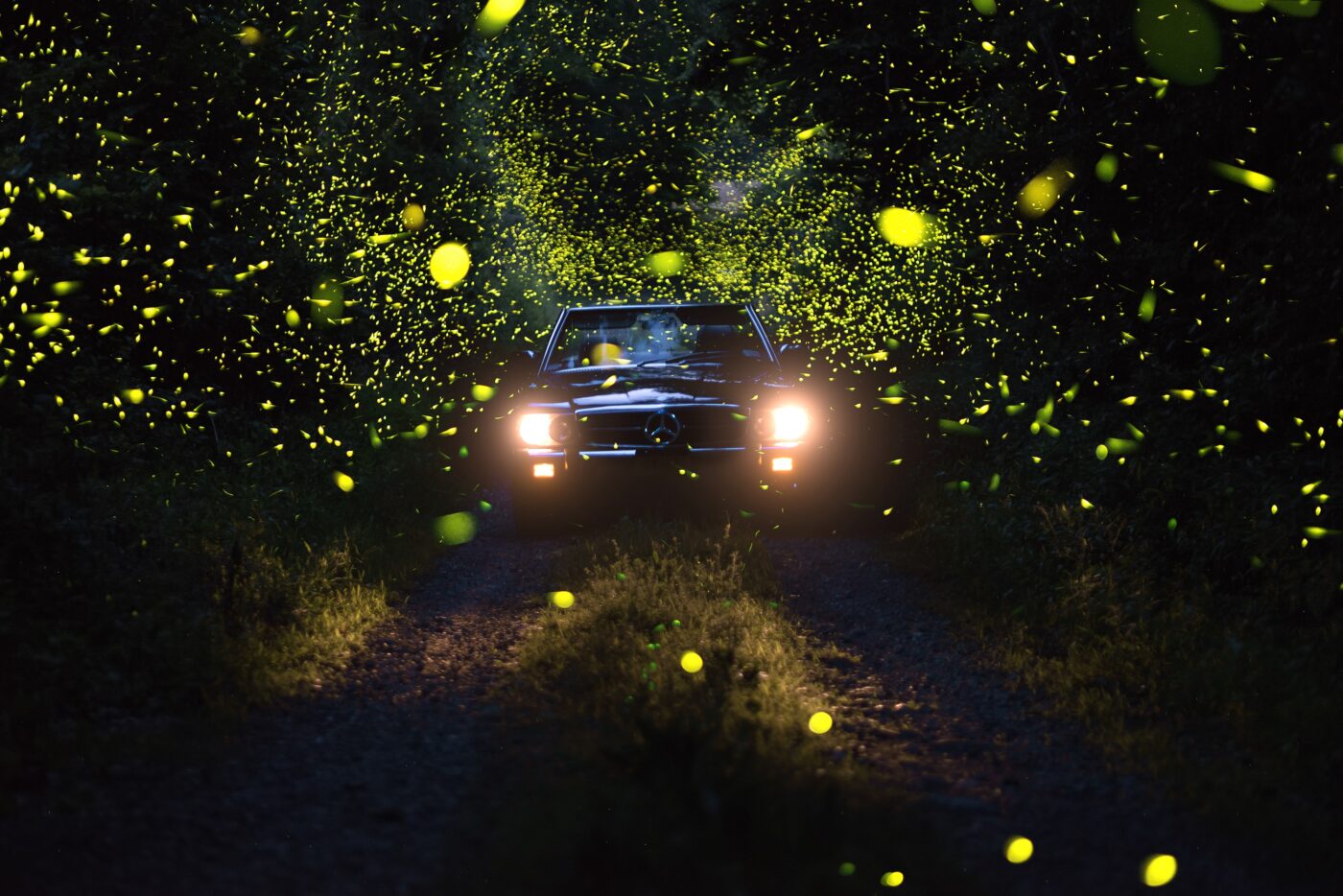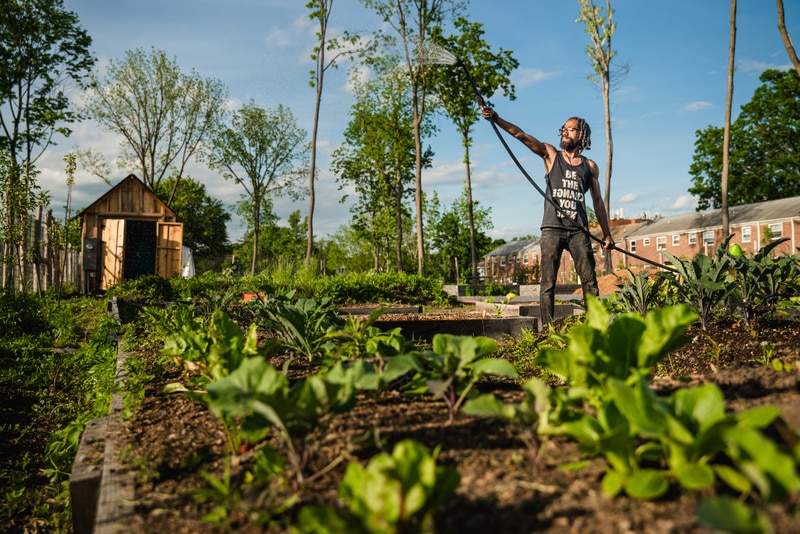The Valley may not host showy fields of tulips or bluebonnets. Yet for the hikers, painters, students, explorers, photographers and general observers among us, spring offers something compelling: a special crop of wildflowers that we can spot only for a limited window.
In just a little over two months, spring ephemerals soak up all the nutrients and sun they can before most trees manage to grow back their leaves. These are plants whose entire life cycle begins and ends before summer starts.
For such a short lifespan, the impact they leave is lasting. The white pairs of Dutchman’s breeches depend on bumble bee queens to spread their pollen while the queens feed their larvae nectar from it, ensuring the growth of the young bees later on. Eventually, these worker bees will go on to pollinate other plants, continuing the cycle.
On the ground, ants harvest the seeds of other ephemerals like trillium or bloodroot. The ants feed the plants’ fatty deposits (known as elaiosomes) to their larvae before discarding the intact seeds elsewhere to sprout. Each spring, they fulfill their vital role in the ecosystem, and by the end of the season they disappear, primed to do it all again next year.
With their brief span but outsized role, spring ephemerals deserve as much attention as their perennial counterparts. Here are some of our favorites from around the region. Don’t pick these in parks, of course, and keep to trails to avoid trampling others — spring ephemerals are best appreciated with a zoom lens. Now get out and go wildflower-spotting!
Northern Spicebush

Known for the spicy scent emitted when its leaves or branches are crushed, the Northern spicebush manages to reach impressive heights of up to 12 feet when fully grown. As the seasons shift and summer winds on, the glistening green leaves turn bright yellow with the right amount of sun.
Dutchman’s Breeches
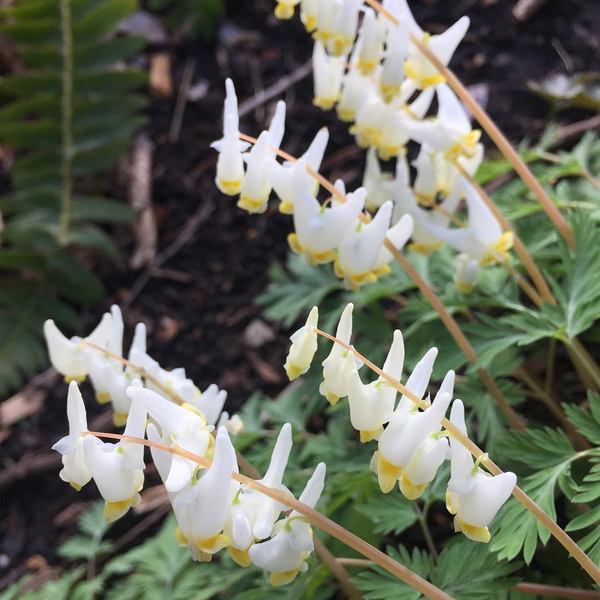
Dutchman’s breeches’ fragile foliage makes the white flowers wilt fairly quickly after picking them up. Left in their place are the wispy compound leaves that make up most of the plant’s mass.
Red Trillium

The red trillium usually takes a few weeks to fully bloom, revealing berry-like fruits in the process. Despite their tiny size, these fruits are a staple in the diet of many birds and mammals that come across the flower.
Bloodroot
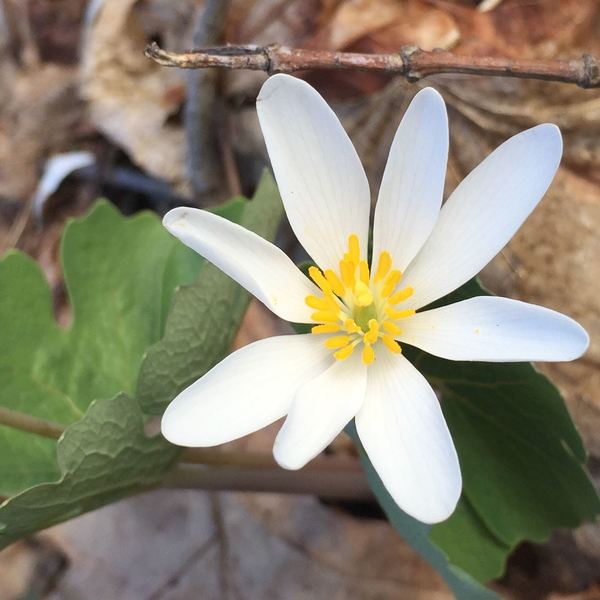
The white petals and golden center make the bloodroot one of the brighter perennials you’ll see sprouting up in the next few months. Its namesake stems from the red liquid found within the underground stem. Indigenous people in the plant’s growth area used the liquid as a pigment for baskets, clothing and paints.
Wild Ginger

Once in full bloom, the wild ginger that’s found in the Northeast and parts of the South manages to retain it’s vibrancy throughout the Spring season. The dark reddish brown flower comes bundled with green leaves and is supported by a stock with a noticeable flavor.
Skunk Cabbage

Skunk cabbage may not really be a “spring ephemeral,” as its leaves are out and green all season. But the striking purple flowers are certainly among the earliest to bloom and are a popular sign of spring. Skunk cabbage is right at home in the moist, swampier parts of the woods. As the months go by, the reddish-brown shell-like leaves start to give way, revealing an intermingled mass of green foliage. Its ability to produce heat (up to 59˚F) helps it thaw its way out of the ice and snow.
Blue Cohosh
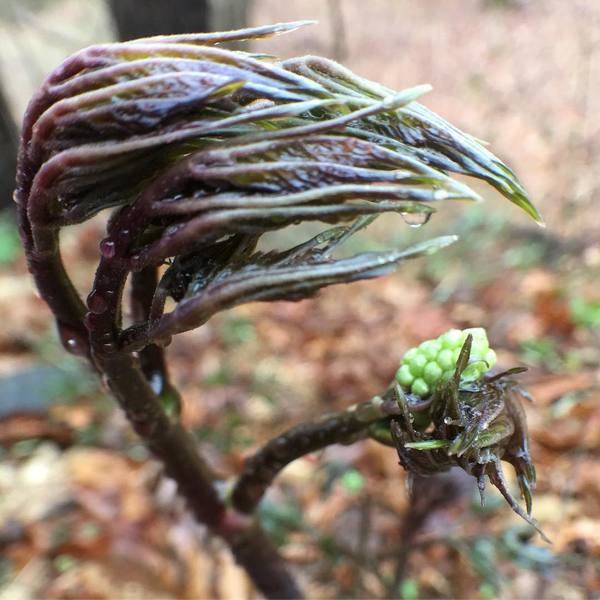
The purple leaves of the blue cohosh are relatively easy to spot in the spring. Eventually, blue-berries develop in place of the flowers.


